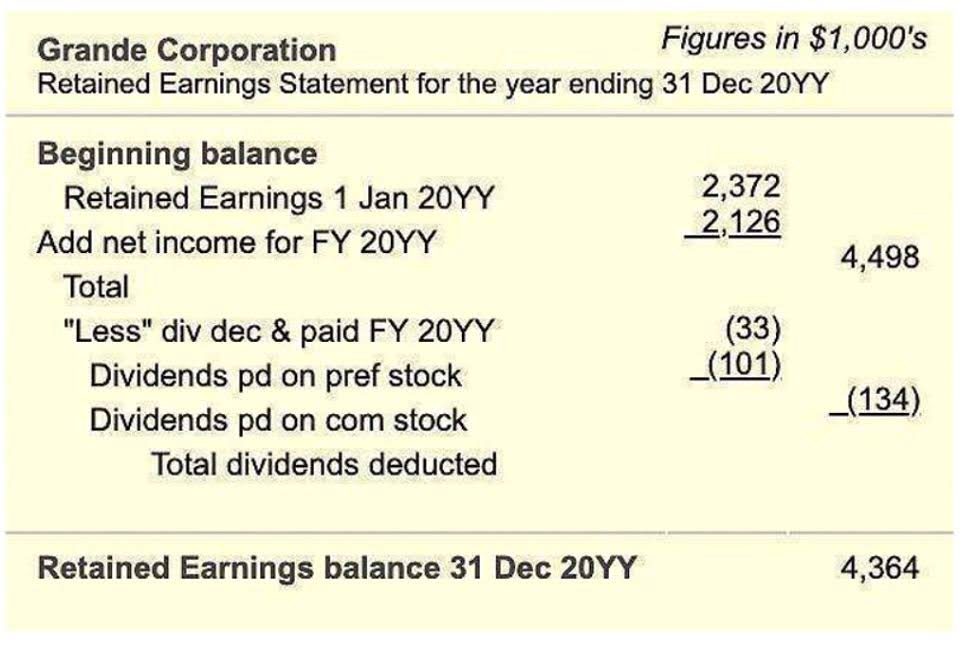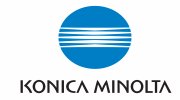
This method ensures that professionals are compensated for every hour worked, which can be advantageous in situations where the workload is unpredictable. However, hourly billing can also lead to financial uncertainty for clients, as costs can quickly escalate if a project takes longer than anticipated. This model requires meticulous time tracking and transparent communication to ensure that both parties are aligned on the hours worked and the corresponding charges. In addition to hourly rates, professionals must consider any additional costs that might arise during the course of the engagement.
What Is a Fee Agreement?
Retainers are a great tool to create a long-term bond with your client that could bring in more projects and referrals. When you work periodically with the same business or client, you can develop a great connection from which both parties can benefit. Here are some more advantages to using retainer agreements in your business. It’s pretty typical for agencies and their clients to enter into a retainer agreement after the completion payroll of a major project (like, say, a website overhaul). Will they provide itemized invoices showing how the retainer has been utilized? It’s also vital to check if there’s an option to refund the unused portion of the retainer.
Negatives of Retainer Fees
- Clients pay attorneys retainer fees to retain their services and have them on standby and ready to assist the client in any legal matters that arise.
- Retainer fees are once again usually kept in a trust account and used to meet legal costs and expenses of the case as they arise.
- An Earned retainer fee refers to a portion of the money that an attorney has earned through performing legal services for his client.
- Understanding how much are retainers and exploring affordable options like those offered by ALIGNERCO can help you make an informed decision that keeps your smile perfect for years to come.
- We’ll show you exactly what to include in a retainer agreement, in the next section.
- Retainer fees are crucial as they offer predictability and security to both clients and professionals.
An individual receiving the payment is called a retainer, service provider, expert, or consultant. This fee is paid to a professional in return for their reputation and expertise. As mentioned above, a well written attorney fee agreement will outline both how a retainer fee is used, and how the retainer fee is collected. For instance, some fee agreements will specify that the retainer fee is immediately collected in full to secure the services of an attorney. With this type of retainer, you outline the number of hours of work you’ll perform each month. As opposed to a pay-for-work retainer, the scope of the time-based retainer project is usually open-ended, but you’ll invoice the client at an hourly rate.

Description of service
Clients can either make an online payment for the fee or they can opt for a traditional payment method. Typically, professionals that use retainer fee agreements bill their work from a base hourly retainer fee rate. The retainer fee agreement allows the professional to set aside an allotted amount of time towards a matter and have a specific fund to bill their time towards for the matter.

- However, there are advantages and disadvantages of hiring a professional on a retianer basis.
- While many retainers tend to involve ongoing agreements, they don’t always have to be.
- The retainer still belongs to the client until it is earned by the attorney or used for legitimate expenses, and must be returned if unused.
- By having such an agreement in place, agencies can better allocate their resources, manage their time, and prioritize projects.
- At Minc Law, we aim to be as transparent as possible about pricing and legal engagements so that you know exactly what you are entering into when you work with us.
Retainers from a dentist might include additional fees for office visits and customization, often pushing the price higher. On the other hand, at-home providers like ALIGNERCO offer a more cost-effective solution without compromising on quality. ALIGNERCO’s retainers start at $125 per set, making them one of the most affordable options in the market. Retention in construction is a vital mechanism to balance trust and accountability between project owners and contractors.
- They allow professionals to concentrate on delivering high-quality services without the stress of irregular work demands, building trust and enhancing client satisfaction.
- If the retainer runs out during the case, the client may have to pay additional fees to the lawyer.
- It’s better this way to avoid any potential confusion about the service being provided.
- A retainer fee is a type of unearned revenue in which a company, such as a law firm, receives a cash payment up front for services it will provide in the future.
- Retainer fees play a crucial role in many industries, offering predictability and stability in professional engagements.
How to Create a Retainer Fee Agreement

If an insurance company is paying for a portion or all of the client’s legal fees, the attorney should include this clause. The clause explains how the fees will be paid, and what happens if the insurance company does not cover all of the fees. For example, if an attorney estimated that the matter would cost $5,000 but your goal was accomplished for $3,000, the remaining $2,000 from your retainer can be refunded back to you. Shelling out a certain amount towards a monthly retainer fee can be a tedious task. However, there are advantages and disadvantages of hiring a professional on a retianer basis.
Elevate collaboration and productivity with Dive and make every meeting count. Retainer fees vary by specialty, ranging from hundreds to thousands of dollars, depending on what they are retained for. Wire retainers, often part of Hawley retainers, can range from $150 to $300.
How Does Retention Work in Construction?

However, a retainer is typically used to refer to a sum of money that’s given to an attorney as an advanced payment for legal representation in the future. Once the attorney incurs costs and earns the retainer, he can withdraw his fees and legal costs from the account holding it. Retainer fees can be a great way to secure a steady income, build long-term relationships, and deliver value to your clients.
- The retainer agreement is a legally binding document, safeguarding the rights and responsibilities of both sides.
- Clients can either make an online payment for the fee or they can opt for a traditional payment method.
- For example, a marketing firm hires a content writer on a retainer in order to produce four 1,000-word blog posts each month on a variety of topics.
- A retainer agreement, like any formal contract, contains several essential components.
- Ensure the template complies with local legal requirements and includes sections for scope, payment terms, confidentiality, termination, and dispute resolution.
An earned retainer fee is the amount of money that the professional has earned by working to a set point or through so many Bookstime hours. There are two types of retainer fees that can be used when collecting payment. The retainer fee must be held in a trust account, then drawn out as the professional invoices for the money.






















